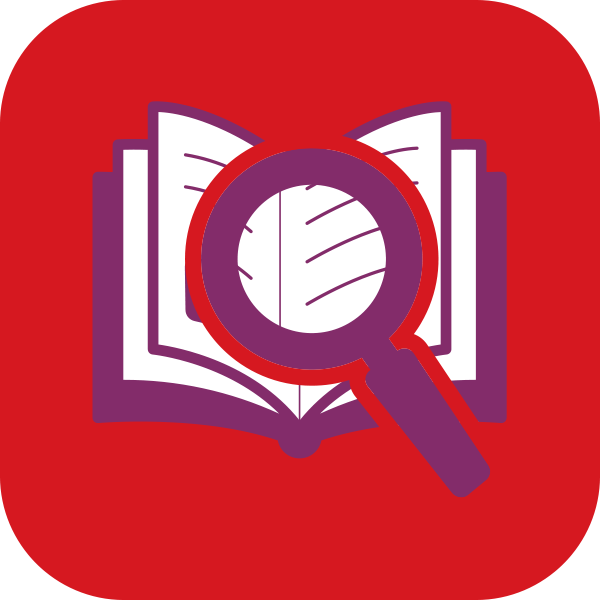
You are using an outdated browser. Please upgrade your browser to improve your experience and security.

British Picture Vocabulary Scale
Effective 6 August 2024, BPVS and associated items (e.g. record forms) will no longer be available to purchase from GL Assessment, these will now be available from Pearson.
Thank you for your interest in our assessments, to find out how we can support your learners with additional needs, visit our SEND guide to see which of our products will help investigate your specific areas of need.
If you are looking to assess receptive language, verbal comprehension and vocabulary, the new digital version of WellComm, our popular speech and language toolkit, is an efficient and cost-effective alternative to BPVS. We would also recommend York Assessment of Reading for Comprehension (YARC) for a detailed understanding of word reading.
If you have any questions about BPVS, or any of our SEND assessments, please contact [email protected] or call 0330 123 5375.